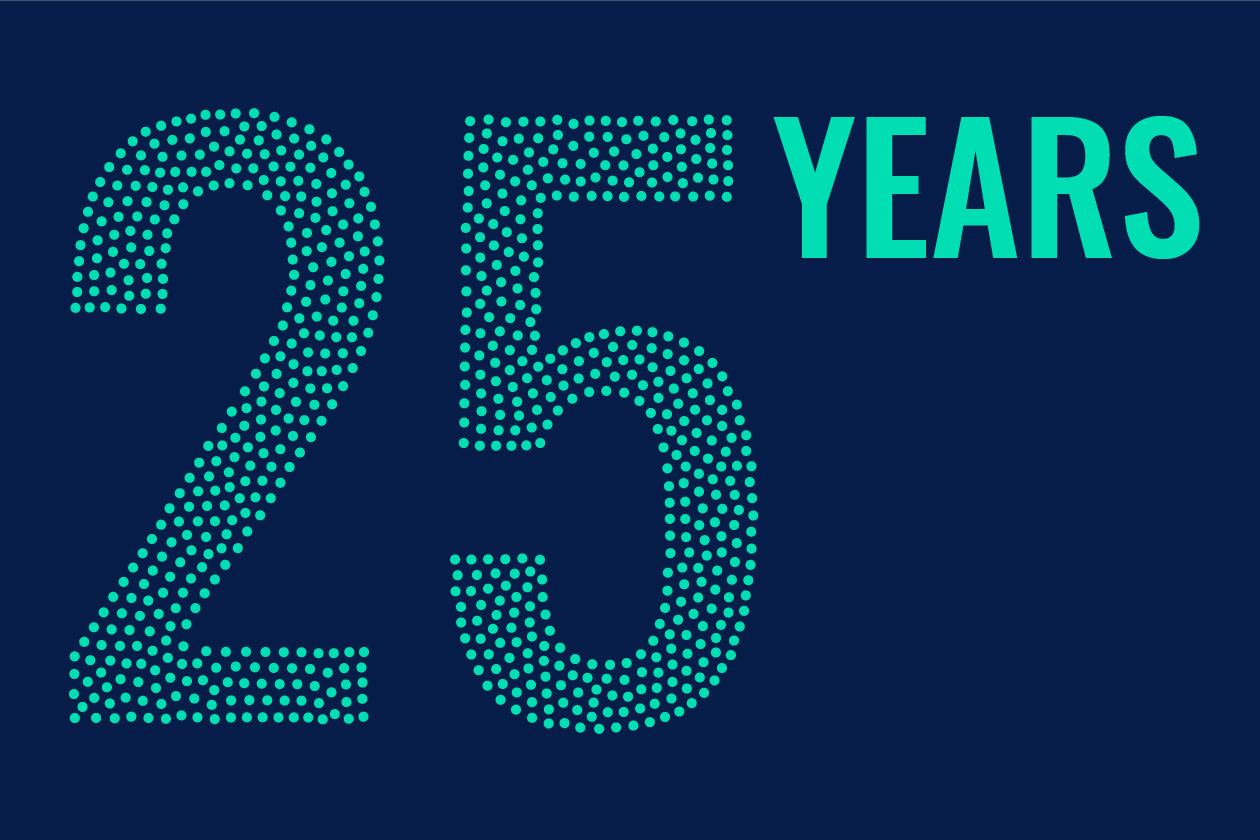ISAs (Individual Savings Accounts) first launched in 1999 and since then have gone from strength to strength.
The amount we’re paying into ISAs has grown significantly. In their first year, £28.4bn was paid into 9.3 million adult ISAs. By the 2021/22 tax year, this had grown to an estimated £66.9bn into 11.8 million ISAs.
From 1999 to 2024, here are some standout dates in the history of ISAs, and what could be next.
This isn’t personal advice. If you’re not sure what’s right for you, ask for financial advice. As we can see, ISA and tax rules change, and any benefits always depend on your situation. Investments fall as well as rise in value, so you could get back less than you invest.
In 1999 the European Union introduced its new currency, the euro.
1999 – back to the start
On 6 April 1999, then chancellor Gordon Brown introduced ISAs in the UK.
Replacing the earlier personal equity plans (PEPs) and tax-exempt special savings accounts (TESSAs), ISAs were introduced to encourage people to save or invest their money, free from UK tax.
Each tax year (6 April – 5 April), you have an ISA allowance. For the current 2023/24 tax year, the ISA allowance is £20,000.
Back in 1999, the original allowance was £7,000.
Northern Rock hit the headlines in 2007 after announcing it needed support from the Bank of England.
2007 – keep it simple
When they first launched, ISAs were offered as either ‘mini’ or ‘maxi’ products.
There were different rules on how much of your ISA allowance you could save as cash, and how much you could invest in the stock market.
In 2007, these rules were simplified and the government introduced a distinction between Cash ISAs and Stocks and Shares ISAs. Today, you could decide how to split your annual ISA allowance.
VAT was increased to 20% in 2011 (where it’s stayed ever since).
2011 – a new kid on the block
Junior ISAs were introduced to the ISA family, allowing adults to save or invest for their children.
Much like adult ISAs, there’s an annual Junior ISA allowance – £9,000 in the 2023/24 tax year.
In 2017 Jane Austen was added to the £10 polymer bank note and old-style pound coins were removed from circulation.
2017 – once in a lifetime
Six years after the launch of the Junior ISA, Lifetime ISAs were introduced as a way to help people save or invest for their first home, or towards later life.
2024 – the here and now
From ISA flexibilities and partial transfers to fractional shares, in his Autumn Statement last year, Chancellor Jeremy Hunt announced some important changes lined up for ISAs. They come into effect on 6 April.
On top of these changes, the government also announced a consultation on plans to launch a new ‘British ISA’.
This is an ISA designed to encourage investment into UK companies.
The proposal is to give investors an extra £5,000 allowance on top of the current £20,000 ISA allowance to invest in UK shares.
To make sure you don’t miss out, sign up for alerts and stay up to date on the latest British ISA news.
We'll let you know:
If the British ISA is going ahead
Details on how the British ISA would work
How to invest once launched if it goes ahead
You’ll also get helpful insights and information from our experts.
This year’s ISA allowance is £20,000. That means you can invest up to that amount free from UK income and capital gains tax.
The more money you’re able to save from tax, the harder it can work for you over the long term.





